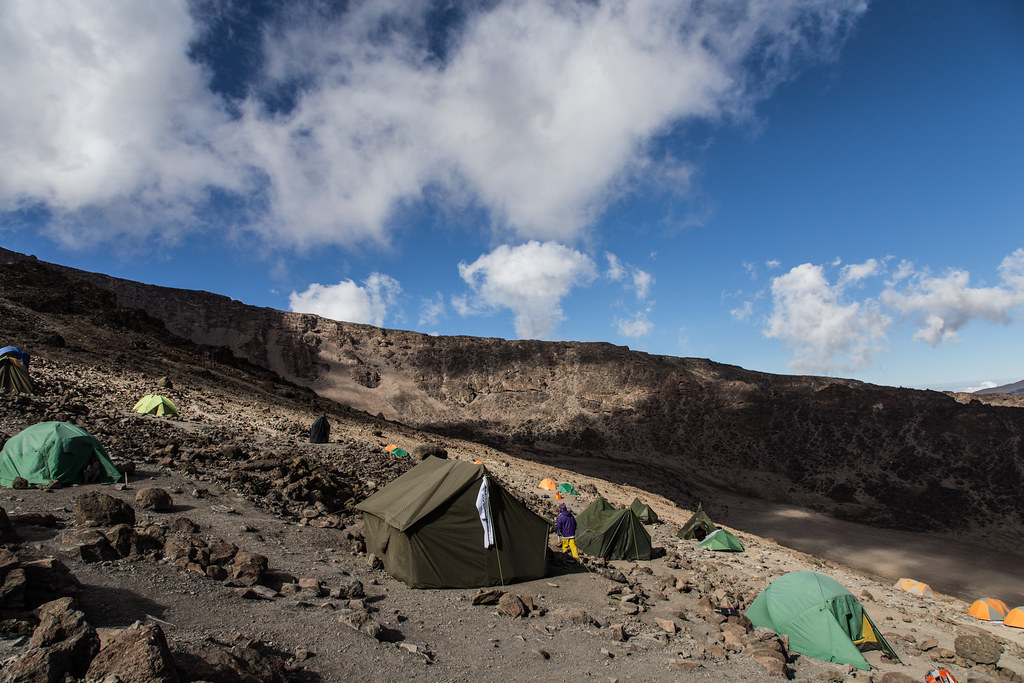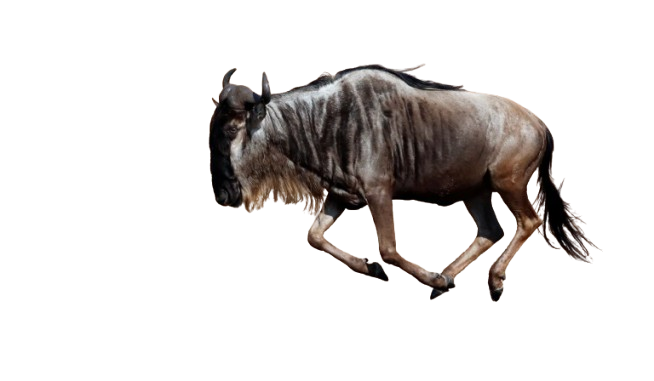The Best Time to Climb Mount Kilimanjaro
The Best Time to Climb Mount Kilimanjaro, Climbing Mount Kilimanjaro is a thrilling hiking experience. Kilimanjaro rises higher than any other mountain in Africa, joining the likes of Aconcagua, Denali, Everest, Vinson, Elbrus, and Carstens Pyramid in the list of the Seven World’s Summits. Envision the feeling of witnessing great views of the snow reflecting the illuminating sun rays during a beautiful sunrise. You’re standing on the roof of Africa.
Picking the right time to hike this majestic mountain can make all the difference. This decision will also dictate whether your hike will be easy as pie or extremely challenging. It will also make sure you enjoy great views and clear skies. While you can hike Kilimanjaro year-round, some months are much better than others. We discuss the best months to hike Kilimanjaro and give you bonus tips on when you should conquer this volcano.

When is the best time to climb Kilimanjaro?
The best time to hike Kilimanjaro is during the season (June to October). The skies are clear, trails are dry, and there’s less rainfall. In addition to that, January to March is also the best time to hike Kilimanjaro because of stable weather, fewer crowds, and scenic paths. For more details, here’s a seasonal guide to climbing Kilimanjaro.
January to March
For those who want to avoid the crowd, January to March is perfect. Hikers can hike up this majestic mountain without the crowd or just a few climbers, if any. Still, the weather is dry and warm, but we recommend some wet-weather gear to survive some occasional showers and misty mornings.
Daytime temperatures can rise to around 20-34˚C (68-93˚F) in the lower rainforest zone and may drop below the freezing point higher up. Of these months, February offers a unique hiking experience, but it’s very hot (34˚C/93˚F).
Insight: January to March is best for hikers seeking uncrowded hikes, with affordable rates. It’s also perfect if you want to experience dry conditions and clear skies.
April to May.
April and May are the wettest months in Tanzania. The trails on Kilimanjaro become wet and slippery, making it more challenging to ascend. However, this is the right time for experienced hikers to hike up this mountain. On top of that, you can find snow at a low altitude like 14,000 ft.
The rains also make the forests lush, creating a scenic appearance every photographer would love to capture. Daily temperature range between 15-25˚C (59-77˚F) on the lower slopes and may drop below freezing the higher you go. The clouds, mist, and fog are common and might cause poor visibility on the mountain.
Insight: The Rongai route is the best trekking route during the long rainy season. This is because it starts from the northern part of Kilimanjaro, which receives little rainfall. Persistent downpours are common on the western side, making most routes wet, slippery, and even more dangerous.
June to October
From June to October, Kilimanjaro becomes much busier with climbing. This is due to stable weather, clear skies, dry trails, and great views of sunrise and the three peaks of Kilimanjaro.
July and August experience an increase in the number of hikers. You can avoid crowds by planning your trek in June, when the number of hikers on Kilimanjaro is yet to catch up. September and October also record fewer hikers as many hikers leave the country.
Insight: Avoid popular routes like Marangu and Machame because they receive more traffic. Instead, go for remote ones like Lemosho and Rongai.

November to December
Short rains start falling as November sets in, making the trail muddy and lush. The rains are brief and usually occur at night and occasionally during the day. There’s less crowd on the mountain because of the slippery conditions.
Coinciding with the cold season in Europe, most hikers prefer hiking Kilimanjaro during this month to challenge their bodies. This month is dry and warm, with occasional brief showers. However, be aware of the festive climb as many tourists choose to spend their Christmas and New Year on the mountain.
Insight: Rains are prevalent on the western side of the mountain. We recommend best to avoid the western routes (Marangu, Machame, and Lemosho). Instead, you can go for northern routes like Rongai and Northern Circuit.
Wrapping things up…
It’s possible to climb Kilimanjaro year-round. But as for safety purposes, especially for beginners, we advise avoiding wet months, November, April, and May. Seasoned hikers, however, can attempt Kilimanjaro during this season for the sake of improving their hiking skills.
We can help you reach the roof of Africa. With our expert mountain guides, you will navigate through the five distinct zones – from the lowest rainforest zone to the top arctic zone. Are you ready for this breathtaking adventure? Let’s start crafting your ideal climbing itinerary. Our expert safari planners are here to help you.
